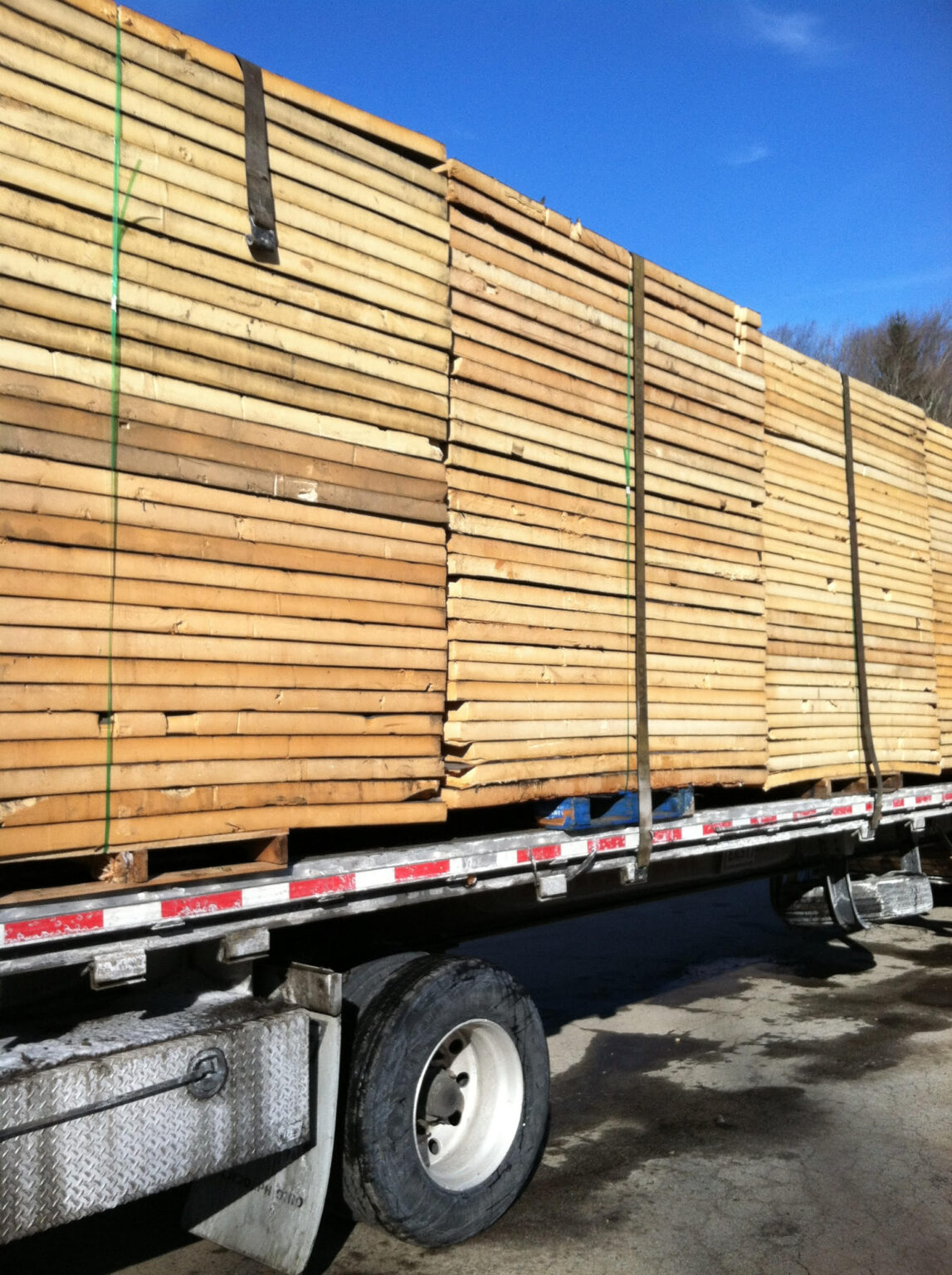Reclaimed Insulation: Disrupting the Waste Cycle for a Greener Building Industry
Proper insulation is crucial for creating energy-efficient buildings that provide lasting comfort. It helps control temperatures, reduces energy consumption, and lowers your utility bills. Yet, there’s an often overlooked aspect within the world of insulation – the environmental impact of disposal. This blog post uncovers why reclaimed insulation could be the key to sustainable building practices.

Reclaimed Panel Insulation
The Problem with Traditional Insulation Disposal
Common insulation materials like fiberglass and foam, while effective, pose a significant environmental challenge when they reach the end of their lifespan.
- Landfill Concerns: Discarded insulation materials take up valuable landfill space and can take centuries to decompose. Statistics reveal a worrying trend of growing insulation waste contributions in our landfills.
- Energy-Intensive Production: Manufacturing new insulation is energy-intensive, contributing to carbon emissions and further straining limited resources.
The Benefits of Reclaimed Materials
Reclaimed insulation materials offer a fantastic solution to these problems. Reclaimed insulation typically comes from factory surplus or materials salvaged from renovation and demolition projects. Here’s why they’re the greener choice:
- Reduced Landfill Waste: Using reclaimed insulation diverts materials from landfills, minimizing environmental impact.
- Resource Conservation: By utilizing existing materials, we reduce the demand for newly manufactured insulation and conserve precious resources.
- Reduced Carbon Footprint: Opting for reclaimed materials significantly lowers the carbon footprint associated with your building or renovation project.
Case Studies: Success Stories of Reclaimed Insulation
Real-world examples showcase the success of reclaimed insulation:
- Case Study: Using Recycled EPS Foam Panels to Save Energy and Reduce Carbon Footprint. This blog post on the Green Insulation Group website illustrates how recycled foam panels contribute to sustainability.
These projects demonstrate that reclaimed insulation not only benefits the environment but can also be cost-effective.
How Reclaimed Insulation Makes a Difference
Consider the typical lifecycle of insulation: production, use, and ultimately, disposal. Reclaimed insulation disrupts this cycle:
- Minimizes Waste: Prevents perfectly usable insulation materials from entering landfills.
- Reduces the Environmental Toll: Lowers resource extraction and the energy requirements of production, offering a sustainable alternative to traditional insulation.
Practical Advice for Choosing Reclaimed Insulation
- Sourcing: Look for suppliers specializing in reclaimed insulation materials (like Green Insulation Group).
- Safety: Ensure the materials are free from contaminants and suitable for your project.
- Installation: Familiarize yourself with installation techniques or consult a professional to ensure optimal performance.
Building sustainably requires considering the environmental footprint of all materials we choose. Reclaimed insulation gives new life to existing materials, promoting a circular economy while preserving resources and minimizing waste. It’s time to embrace reclaimed insulation in your next project.
We encourage you to explore sustainable practices further and advocate for greener construction solutions. Green Insulation Group is your trusted partner in sourcing high-quality reclaimed foam insulation panels. Join us in building a more sustainable future! Contact Green Insulation today.
